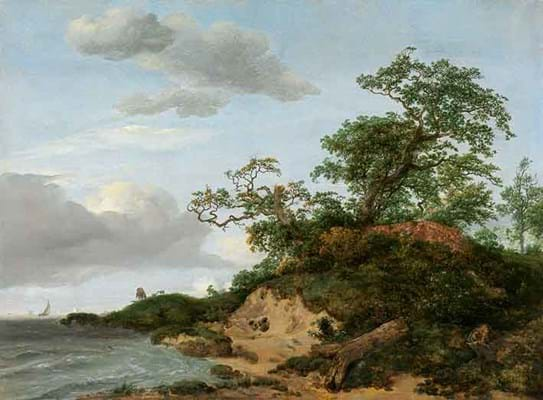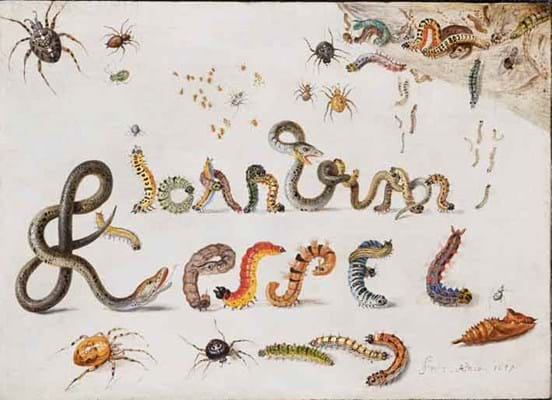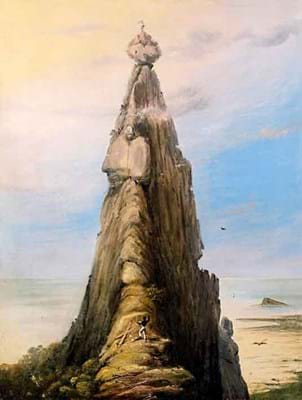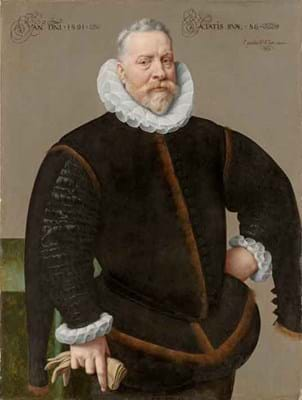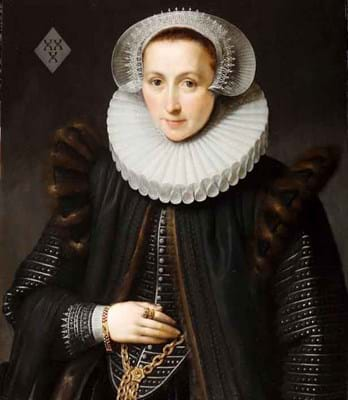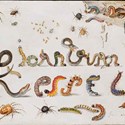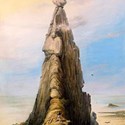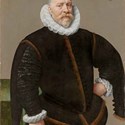Here five London specialists offer their views on TEFAF's role in the Old Masters market, changing tastes and the challenges of displaying traditional material in a manner palatable to today's buyers. One thing they all agree on is: finding paintings worthy of hanging in the MECC in March is a year-round task.
Who visits TEFAF?
Jonathan Green, CEO of Richard Green: "We see the world's top international collectors, museum directors and curators at TEFAF. Over the last few years, there has been serious interest from the Russians and, lately, the Chinese as well as the traditional American and European buyers.
"It is good to see a new generation of European collectors coming to the fair, and often they come in with parents or grandparents, who have been very committed to Maastricht over many years."
Derek Johns & Burcu Yuksel, Directors of Derek Johns: "TEFAF has become a not-to-be-missed event in the calendars of all the serious international art collectors. American and European museums have a strong presence too and most bring their patron and trustee groups. The fair creates the perfect environment for them to cultivate relationships and see the best available art works on the market.
"The most apparent change in recent years is the presence of more Contemporary collectors who have began to show interest in Old Masters. Even young celebrities are making appearances, for example Kanye West visited the fair a few years ago."
Johnny Van Haeften of Johnny Van Haeften Old Master Paintings: "The visitor profile has not altered very much but we are seeing increasing visitors from China and Russia although their purchases have not yet been very major, at least in the Old Master field.
"Traditionally they have gone to the auction houses, but once they cotton on to the fact that at an auction the price can only go up, and buying from a dealer the price can only go down, then perhaps they will feel more confident! The American contingent has always been a strong force at the fair, and with the dollar exchange rate moving more in their favour, we expect to see more American visitors this year."
Toby Campbell of Rafael Valls: "Top museums visit TEFAF to shop - enough said. Collectors from all parts of the spectrum who attend can see many things from all prices, low to high, but can always be sure of high quality due to the very stringent vetting process.
"We are seeing worldwide visitors in greater numbers each year (from emerging market areas like China) and many younger and Contemporary art buyers who are becoming interested in Old Masters and see the value in these ancient objects which have such history."
Mark Weiss of The Weiss Gallery: "We meet a broad range of high net worth individuals at TEFAF, and each year brings new buyers, as well as old friends."
Have you changed your stand design over the years?
Jonathan Green: "We assess the look of the stand every year and have moved towards a sleeker, light, bright, modern, uncluttered feel. We try to make it easy for people to imagine how the paintings we show might look on their own walls."
Derek Johns & Burcu Yuksel: "The fair is divided into different sections and within each section galleries rarely have their locations changed. Stand designs more or less stay the same, but we adapt it to what we are presenting that year.
"As we work with paintings from all European schools and periods, as well as Viceregal, we try to keep a design and look that can go with such diversity. We value tradition but try to bring a modern touch, for example with our furniture choices or lighting."
Johnny Van Haeften: "We have changed our stand design in the last year or so, and have moved away from the traditional dark blue, which I had for over 30 years. It is now much lighter, and is a pale grey, with stronger lighting so that it is brighter and more accommodating to the visitor.
"The profiles of the stand building itself are more linear, modern, and it is interesting that the paintings stand out better than they did before, and of course the object is to show how Old Master paintings can stand out in a Contemporary setting. This was certainly the intention, and I think it works: no more curtains!"
Toby Campbell: "Yes. We introduced an easier design to allow visitor flow throughout the stand as well as incorporating one or two traditional aspects, such as a black and white tiled floor in the wunderkammer. This also allowed maximum hanging space. Despite Raf's protestations, I have also reduced the number of pictures hanging (except in the wunderkammer) to give the paintings more room to breathe."
Mark Weiss: "Our stand is always trade-mark Weiss Gallery red and black. I pride myself on the dramatic effect, further enhanced with careful lighting and a great location by the champagne bar! The stand design itself may subtly change from year to year depending on the configuration of pictures we display."
Is it possible to talk meaningfully of a 'good Maastricht' painting?
Jonathan Green: "It has always been very strong in 17th century Dutch and Flemish and Impressionist paintings. But I think the key point is that a discerning clientele are looking for the very best paintings of their kind in whatever genre."
Derek Johns & Burcu Yuksel: ""TEFAF is the most important fair for Old Master galleries so we all wait to reveal the best paintings in our stock. Dutch and Flemish paintings have always been in demand for obvious geographical reasons but, of course, if a painting has an interesting story and/or attractive imagery, along with exceptional quality, that will make it popular and commercial."
Johnny Van Haeften: "I don't think it is really possible to describe a 'good Maastricht' painting. I am constantly surprised by the sales we have made there as often things we thought would walk off the wall remain unsold and things we thought we'd have trouble with sell on the first day. No particular area has really proved less popular and as there are so many different visitors, and types of visitors, it is really impossible to predict what is going to be sold."
Toby Campbell: "A good Maastricht picture is always a good painting of the highest of quality. You get a feel for a painting that you think will go quickly but you can never be sure. Every year we are surprised by what does and doesn't sell. Although British pictures tend not to be the strongest market there, we had a very good year with them two years ago and dealers like Lowell Libson do very well."
Mark Weiss: "A 'good' Maastricht painting simply means the 'best'. We deal in Old Master portraits, so our theme is always the same, but we find that quality sells."
Does TEFAF drive competition at the January New York Old Master sales, or those in London in December?
Jonathan Green: "When there are good paintings at auctions, they are always hotly competed because top quality Old Master paintings in pristine condition are in short supply. Obviously we are always buying pictures for the international market, but it really depends whether we can buy superior quality works for a sensible price."
Derek Johns & Burcu Yuksel: "Of course, the reason both Christie's and Sotheby's jam two major groups of important sales within December and January is due to TEFAF coming up only a few months later. But it does not really affect our buying pattern."
Johnny Van Haeften: "I think that the TEFAF effect certainly has an impact on the London December sales, and to a certain extent in the January New York ones. It is less acute at the latter ones, as there is not really enough time to get the pictures back and ready, and also it is hard to justify much of an increase in price so soon after the auction, unless of course one makes a discovery.
"It certainly does not affect our buying pattern as I have always thought one should buy when the opportunity arises regardless of any exhibitions or fairs."
Have you noticed any changes in buying trends at the fair in recent years?
Derek Johns & Burcu Yuksel: "There is undoubtedly more interest in Contemporary art, but in the last couple of years we have seen Contemporary collectors who began to visit our section of the fair showing an interest in Old Masters. We hope that with time their interest will be reflected in their collections as well."
Johnny Van Haeften: "The only change I have noticed is the fact that people tend to put reserves on paintings if they are seriously interested: just for an hour or so to give them time. Because of the thousands of people at the preview, so many people have missed out on things they really wanted by dithering. There is a trend to reserving, or actually buying pictures if there is real love at first sight."
Toby Campbell: "There is a penchant for the more unusual painting at the moment, something out of the ordinary. People appreciate the uniqueness of these pieces."
TEFAF Maastricht runs from March 13-22 (preview on March 12) at the Maastricht Exhibition & Conference Centre (MECC).


